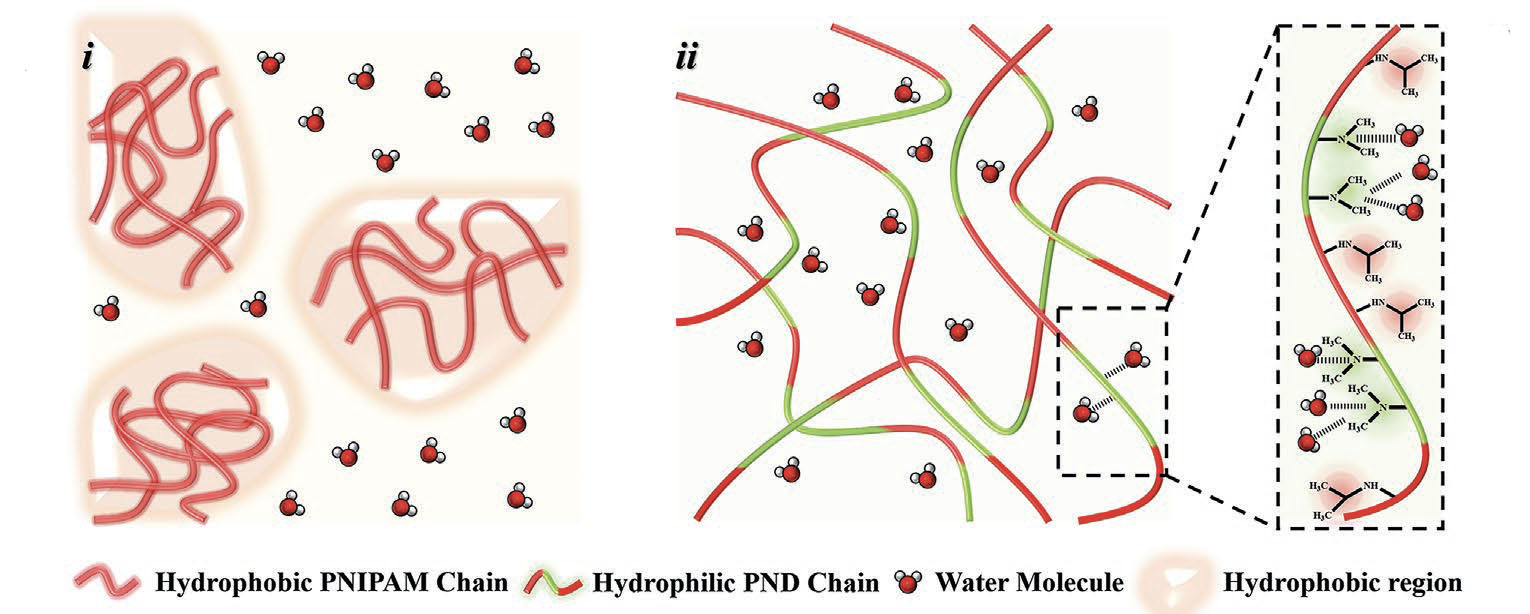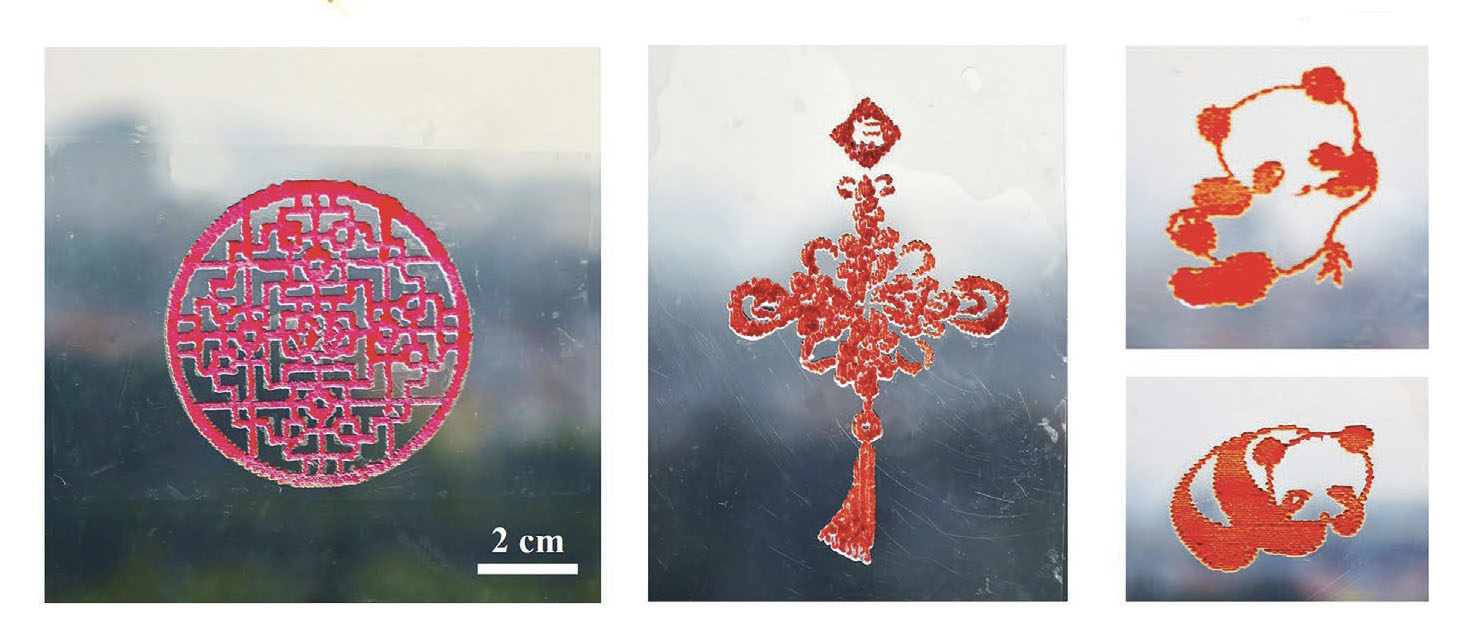| Jun 06, 2023 | |
A step towards a greener future: Thermochromic smart windows for energy efficiency |
|
| (Nanowerk Spotlight) As the reality of climate change grows increasingly imminent, the need for energy-efficient solutions and decreased carbon emissions becomes more pressing than ever. Among the various ways to confront this global challenge, one stands out due to its close connection to our daily lives: optimizing energy use in our homes and workplaces. The cornerstone of this approach is the development of energy-saving technologies, and one of the most promising in this field is the so-called smart window. | |
| Smart windows, also referred to as switchable or dynamic windows, represent an innovative advancement in building design and energy efficiency and they could revolutionize the way we manage temperature and energy consumption in our buildings. They are a type of window that can change its properties – most often light transmission – based on certain conditions, such as temperature, light, or electricity. This capability allows smart windows to regulate heat and light from the sun in a more efficient way than traditional windows, leading to greater energy efficiency in the building. | |
| Among the various technologies used to create smart windows, thermochromic windows use a special material that changes its light transmission properties in response to heat. When the temperature rises to a certain point, the material darkens, blocking more light and heat from the sun. This makes the building cooler and reduces the need for air conditioning. | |
| In recent work published in Advanced Materials ("Printable Thermochromic Hydrogel-Based Smart Window for All-Weather Building Temperature Regulation in Diverse Climates"), a multi-disciplinary research team in China demonstrates novel smart windows based on hydrogels with strong solar modulation and adjustable transition temperature (τc) for all-weather temperature regulations in different climates. | |
 |
|
| Proposed solar modulated thermochromic mechanism of PND hydrogel. (Reprinted and adapted with permission from Wiley-VCH Verlag) | |
| So, how exactly do hydrogel-based smart windows work, and how do they contribute to our energy-saving goals? | |
| The essential feature of these smart windows is a specially designed hydrogel, which can be fine-tuned to regulate temperature, making it suitable for use in any climate. This means whether you're experiencing the chill of an Alaskan winter or the blazing sun of a Middle Eastern summer, these smart windows can adapt to ensure optimal temperature control, resulting in significant energy savings. | |
| The PNIPAM hydrogel at the heart of these thermochromic smart windows exhibits high hydrophilicity – that is, it readily absorbs water – and contains specific microstructures that can strongly modulate or adjust the solar energy they let through. PNIPAM is a widely utilized negative thermosensitive polymer (as it has increased solubility with lowering of temperature, causing volume phase transition by forming hydrogen bonds) that is sparking a lot of scientific research interest at the moment. | |
| However, PNIPAM hydrogels transition at a specific temperature (around 32 °C), limiting their usefulness in varying climates. To make these windows more versatile, the research team has adjusted the transition temperature by combining PNIPAM with a different substance, a hydrophilic monomer called N, N-dimethylacrylamide (DMAA). This combination forms a new type of hydrogel (PND), whose transition temperature can be precisely controlled by varying the amount of DMAA. This method allows the transition temperature to be set anywhere between 32.5 and 43.5 °C, making these smart windows adaptable to different climate conditions. | |
 |
|
| Schematic depiction of i) PNIPAM and ii) PND hydrogel structures. (Reprinted and adapted with permission from Wiley-VCH Verlag) | |
| This solar modulation spans across ultraviolet, visible, and near-infrared light, meaning they can efficiently block sunlight, reducing unwanted heat during sunny days. | |
| The design of these windows exhibits an impressive efficiency in blocking solar transmission, with a reduction of up to 88.84%. At the same time, they maintain a high level of natural light, allowing up to 91.3% of sunlight to pass through. Furthermore, they are designed to be durable and suited for long-term use. | |
| Simulated indoor studies conducted in several cities with different climates, from Beijing to Guangzhou, demonstrated the windows' effectiveness. The results were striking: when compared to standard windows, these smart windows were capable of reducing indoor daytime temperatures by up to 7.3 °C in the summer, leading to an impressive energy saving of 9.51 kJ per cubic meter room volume. | |
| Additionally, these windows demonstrated a noteworthy ability to block thermal irradiation – or heat transmission – in winter, even when used with central heating. This ability further contributed to their energy-saving potential. | |
| Looking to the future, these windows aren't just about temperature regulation. The flexibility of the hydrogel material allows for the use of 3D printing technology. Solar modulation and visibility are key advantages of PND hydrogel-based smart windows, and they offer a wide range of design possibilities. The windows can be decorated or patterned with various cultural elements, including artistic designs and advertisements. For instance, these windows can be decorated with red kirigami, a type of cut paper art that is traditionally used in Chinese festivals. | |
| As the researchers demonstrated in their work, thanks to the excellent printability of PND hydrogels, different patterns can be printed directly onto the windows. Moreover, the hydrogels can be stained with various dyes to create colorful designs, such as Chinese knots and pandas. The versatility of these hydrogels allows for customization according to specific occasions or requirements, greatly enhancing the usability and functionality of smart windows. | |
 |
|
| Printed hydrogel patterns for balanced solar modulation and visibility: Photos of patterns printed by PND hydrogel: traditional Chinese red kirigami, Chinese knot, and pandas. (Reprinted and adapted with permission from Wiley-VCH Verlag) | |
| One promising application of this technology is in advertising. Company logos or other branding elements can be printed onto these smart windows without compromising their solar modulation abilities. Moreover, the colorfully patterned hydrogel designs respond quickly to temperature changes, which adds another layer of interactivity to these windows. This novel approach to window fabrication expands the potential of smart windows for cultural presentations and advertising. | |
| With these pioneering thermochromic smart windows, we can envision a future where buildings are designed for all-weather temperature regulation, regardless of the local climate. This technology not only enhances our comfort and architectural design, but also significantly contributes to energy conservation, paving the way for a lower carbon economy. The development and wide-scale adoption of such energy-efficient solutions could be a major stride in our collective fight against climate change. | |
 By
Michael
Berger
– Michael is author of three books by the Royal Society of Chemistry:
Nano-Society: Pushing the Boundaries of Technology,
Nanotechnology: The Future is Tiny, and
Nanoengineering: The Skills and Tools Making Technology Invisible
Copyright ©
Nanowerk LLC
By
Michael
Berger
– Michael is author of three books by the Royal Society of Chemistry:
Nano-Society: Pushing the Boundaries of Technology,
Nanotechnology: The Future is Tiny, and
Nanoengineering: The Skills and Tools Making Technology Invisible
Copyright ©
Nanowerk LLC
|
|
|
Become a Spotlight guest author! Join our large and growing group of guest contributors. Have you just published a scientific paper or have other exciting developments to share with the nanotechnology community? Here is how to publish on nanowerk.com. |
|
